-
Deep Bayesian active learning using in-memory computing hardware
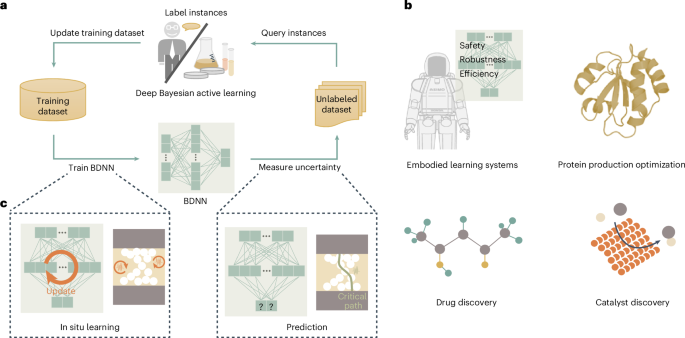
Abstract Labeling data is a time-consuming, labor-intensive and costly procedure for many artificial intelligence tasks. Deep Bayesian active learning (DBAL) boosts labeling efficiency exponentially, substantially reducing costs. However, DBAL demands high-bandwidth data transfer and probabilistic computing, posing great challenges for conventional deterministic hardware. Here we propose a memristor stochastic gradient Langevin dynamics in situ learning…
-
Deep Bayesian active learning using in-memory computing hardware
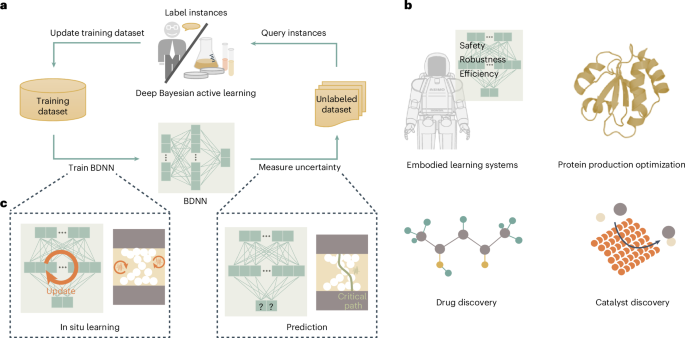
Abstract Labeling data is a time-consuming, labor-intensive and costly procedure for many artificial intelligence tasks. Deep Bayesian active learning (DBAL) boosts labeling efficiency exponentially, substantially reducing costs. However, DBAL demands high-bandwidth data transfer and probabilistic computing, posing great challenges for conventional deterministic hardware. Here we propose a memristor stochastic gradient Langevin dynamics in situ learning…
-
The Nature of Things is on YouTube!
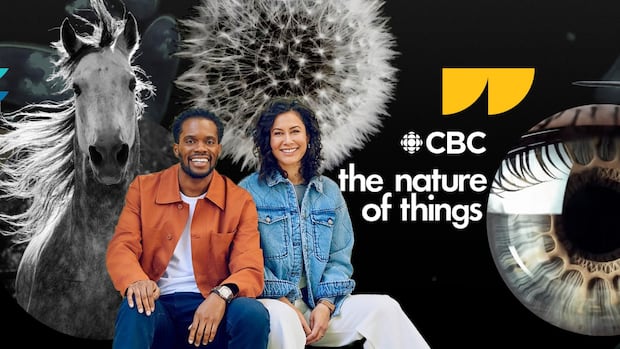
A new year means new episodes of The Nature of Things! It also means a new YouTube channel for television’s longest-running science and nature program. Subscribe now for brand-new episodes every week, plus older episodes, incredible moments from the show and science and nature documentary shorts – plus fun extras with hosts Anthony Morgan and…
-
Massachusetts Site Named National Natural Landmark
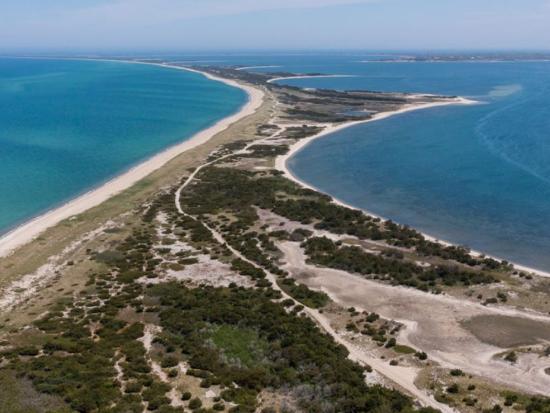
Interior Department Secretary of the Interior Deb Haaland today designated Nantucket Barrier Beach and Wildlife Refuge in Massachusetts as the newest National Natural Landmark, reflecting its unique ecological diversity and rare coastal features. National Natural Landmarks recognize and encourage the conservation of publicly and privately owned and managed places that contain noteworthy biological and geological…
-
Cover runners-up of 2024
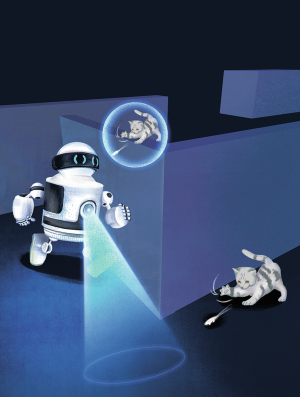
It is time to bring our favorite cover suggestions from 2024 to light. Our yearly tradition of highlighting our favorite author-suggested covers that were not chosen as Nature Computational Science covers continues! Here are our favorite images from 2024. Cover submitted for the paper by Feihu Xu and colleagues. Credit: Feihu Xu The first image…
-
Bridging art and science
Ahna Skop is a geneticist and artist at the University of Wisconsin–Madison, USA. Ahna’s lab studies the assembly and function of mammalian midbody and midbody remnant, which are assembled at the end of mitosis. Ahna also leans into her passion for scientific art to engage the public. We were fascinated to hear Ahna’s thoughts on…
-
Crafting visual worlds: scientist-artist Nicolas Decat’s vision for science storytelling
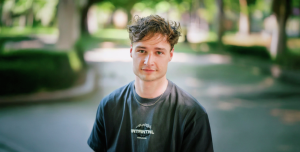
Nicolas Decat is a PhD student in neuroscience at the Paris Brain Institute. By day, he investigates what goes through people’s minds as they drift off to sleep. When they’re sleeping, he works on ways to turn science into visual stories that inspire. Credit: Nicolas Decat What does your research focus on? I am studying…
-
India’s science workforce is under-used, survey finds
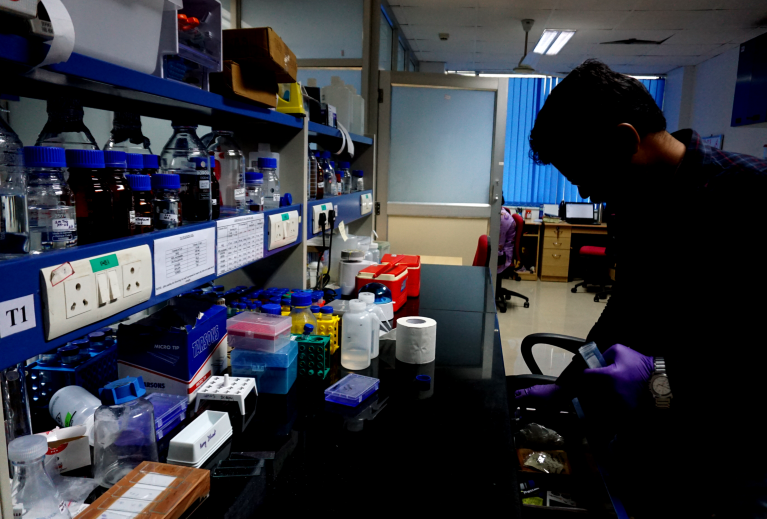
There are gaps in the best use of skilled labour across multiple scientific disciplines. Credit: Subhra Priyadarshini India’s science and technology (S&T) workforce is underutilized, a recent survey reveals. It exposes substantial gaps in the best use of skilled labour across multiple scientific disciplines and domains. This underutilization stems from a mismatch between skill supply…
-
Can novelty scores on papers shift the power dynamics in scientific publishing?

Novelty scores can help journals to predict whether a manuscript will be impactful.Credit: PRUDENCIOALVAREZ/iStock via Getty A publication platform called DeSci Publish aims to predict the impact of manuscripts by giving them a ‘novelty score’. The developers say that this score could assist journal editors in deciding which studies to publish, and could be an…
-
Inside an Argentinian nuclear reactor, science and politics collide
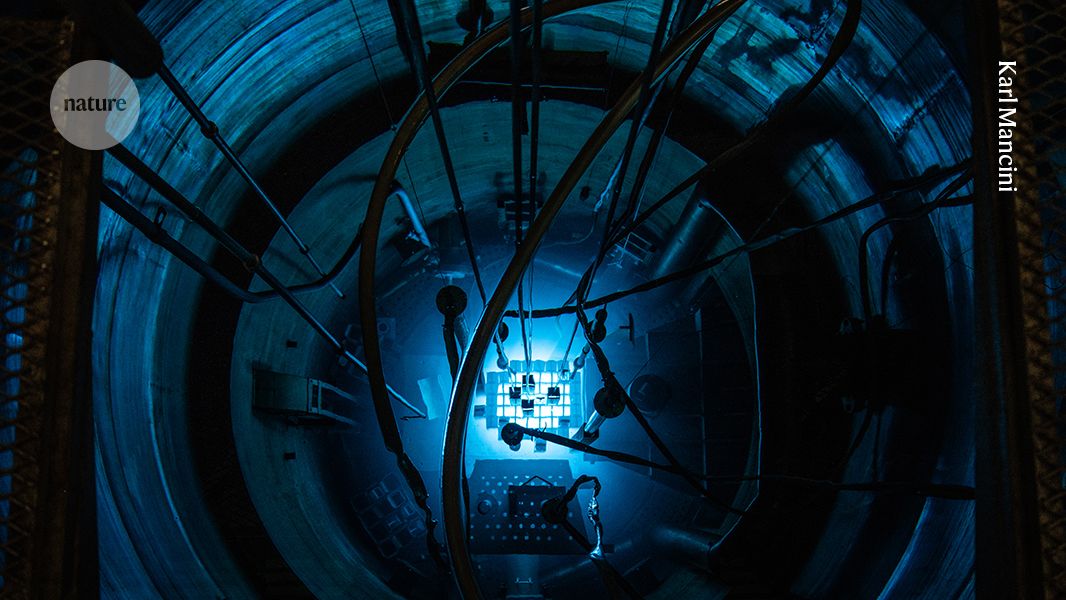
Ana Clarisa López Bularte runs the facility’s radiopharmacy division, at which a team produce compounds, such as lutetium-177 and technetium-99m, used in radiation therapy and medical imaging. After graduating from Argentina’s National University of Quilmes in Bernal, only 30 kilometres from Ezeiza, López Bularte joined the CNEA as a research scientist in 2008 before specializing…